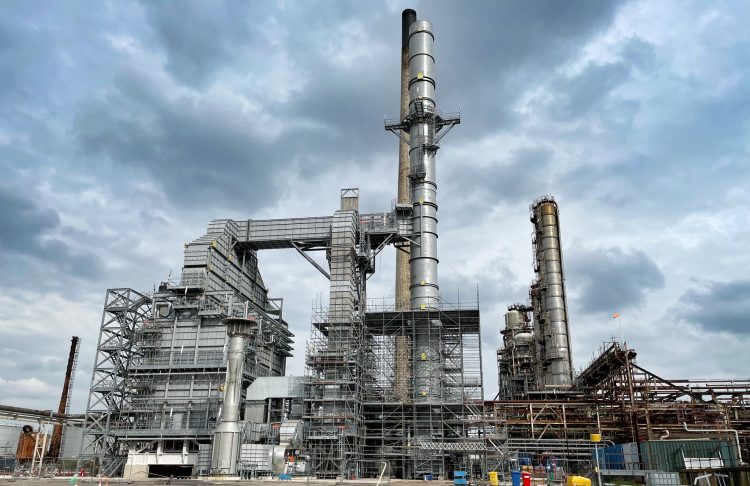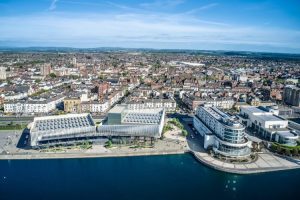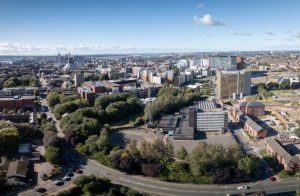Plans to power Stanlow oil refinery using ‘low carbon’ hydrogen by 2027 take a step forward with the appointment of global engineering consultancy. Tony McDonough reports
A £45m hydrogen enabled furnace at the Stanlow oil refinery in Ellesmere Port. Picture by Tony McDonough
EET Fuels has appointed global engineering consultancy Wood to help it push forward plans to decarbonise the operations of its Stanlow oil refinery close to the Mersey.
A £3bn hydrogen production and carbon capture hub is being built at Stanlow as part of the wider HyNet hydrogen project that will supply hydrogen to industrial customers across the North West.
EET, which is the trading name of Essar Oil UK, is to build its own hydrogen-fuelled plant that will power the operations of the refinery. Stanlow, close to Ellesmere Port, is the UK’s second-biggest oil refinery and supplies 16% of the UK’s road fuels.
In April LBN revealed how EET was aiming to transform Stanlow into the world’s first decarbonised oil refinery. Its currently produces around 2m tonnes of CO2 a year which makes it the biggest emitter in the region.
Furnaces are essential to an oil refinery. The process of refining crude oil means it has to be heated to around 470 degrees celsius. Stanlow’s ‘catcracker’ furnace alone accounts for almost half of the refinery’s annual emissions.
EET has invested £45m in a new furnace which is now installed on the site. Although it can operate using conventional fuels it is also equipped to operate using hydrogen and will do so once HyNet is up and running.
In order to make the switch to powering its furnace with hydrogen by 2027, EET needs to design and build a fuel-switching system that will feed into the company’s hydrogen-ready crude distiller furnace. This is where Wood comes in.
Wood will also re-design the core infrastructure and control systems to enable the efficient and safe combustion of hydrogen. Completion of the design stage will enable EET to make a final investment decision in 2025.
This will be the first of its kind installed in any UK refinery and is capable of running on 100% hydrogen or a fuel-gas mix. Once the furnace is running on hydrogen it will reduce emissions at the Stanlow Refinery by 0.2m tonnes per year.
EET aims to have a hydrogen power plant operational at Stanlow by 2027
Deepak Maheshwari, chief executive EET Fuels, said: “We have groundbreaking plans for EET Fuels in the UK with the Stanlow Refinery at its heart. Hydrogen Fuel Switching is an integral part of these plans.
“We remain on track to become the world’s first low carbon process refinery, providing security of fuel supply to the UK, as well as building and maintaining employment in the UK’s industrial heartlands.”
HyNet will produce so-called blue hydrogen by burning natural gas. Instead of releasing carbon emissions that contribute to global warming, the CO2 will be captured and stored in depleted gas fields under Liverpool Bay.
HyNet is awaiting final Government backing, due to come in the autumn. However, this method of producing hydrogen is seen as controversial with some experts calling into question the viability of carbon capture and storage on this scale.
The post Stanlow hydrogen project moves to design phase appeared first on Liverpool Business News.




